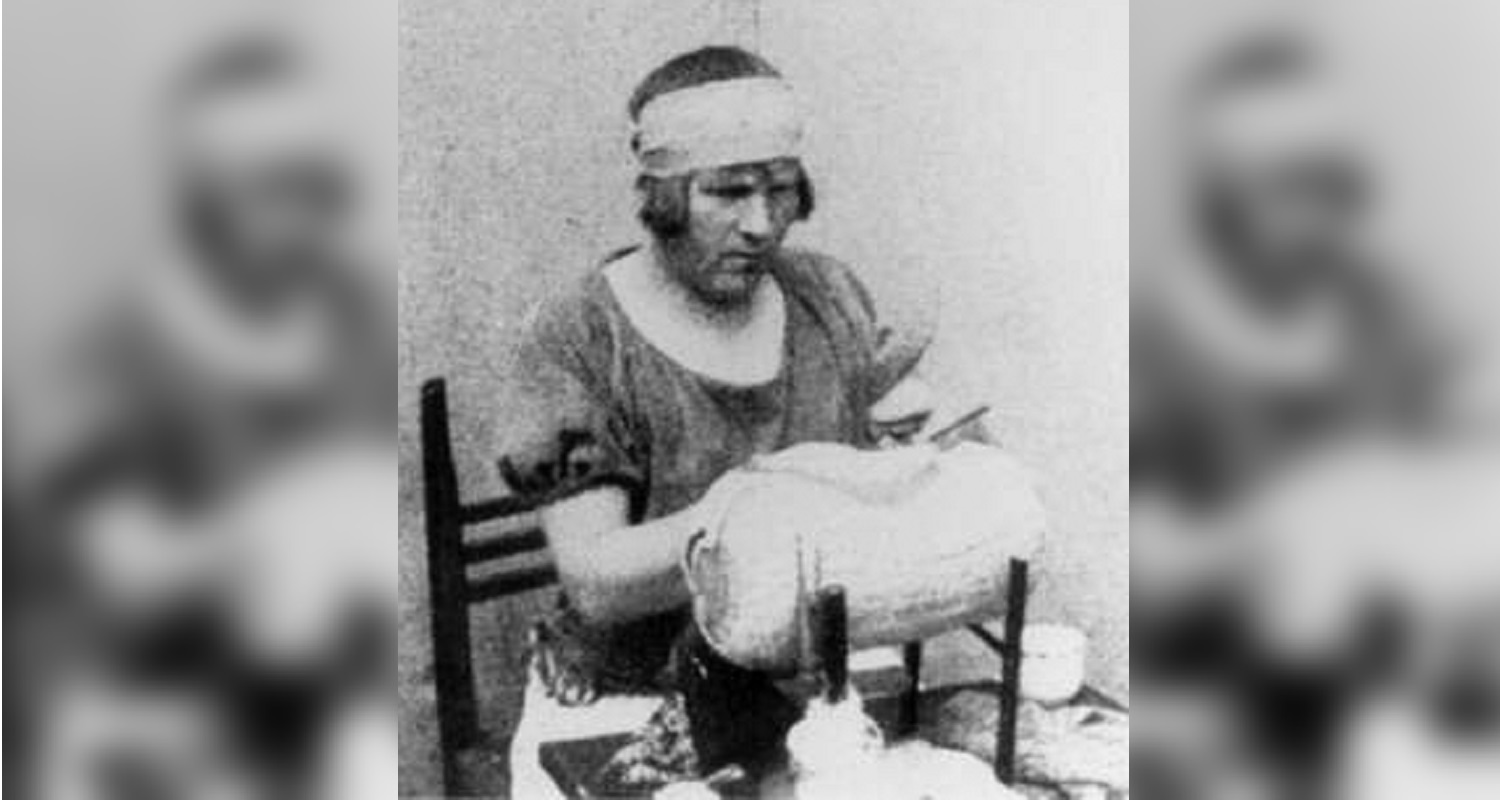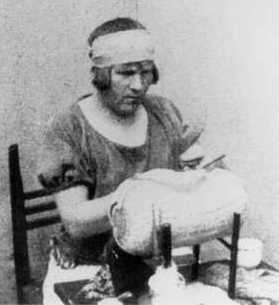The incredible story of the first known trans woman to undergo gender confirmation surgery
Born in Germany in 1891, Dora Richter became a trans pioneer in the pre-Nazi era - but her exact fate remains unknown.
By Will Stroude

Words: Hugh Kaye
Hollywood might have you believe that the first trans woman to undergo gender reassignment surgery was Lili Elbe. That was certainly the impression I got from watching Eddie Redmayne in the not uncontroversial The Danish Girl back in 2015.
Wrong.
A few weeks before Lili had her surgery, the lesser-known Dora Richter had undergone the same procedures.
Dora was born into a poor farming family in 1891 in the Erzgebirge region of Germany. From all reports, she always identified as female and deeply disliked wearing men’s clothes. Her family allowed her to live as a female but this was clearly not enough – when she was six, she tried to give herself a DIY version of the operation she would later have: attempting to remove her penis with a tourniquet.
When she grew older, Dora – also called Döchen (little Dora) – moved to Berlin. Using her birth name, Rudolph, she worked as a male-presenting waiter or cook, in upmarket hotels during the summer season. For the rest of the year, she’d live as a female.
Although Berlin was soon to be the LGBTQ capital of Europe, Dora was occasionally arrested for the ‘crime’ of cross-dressing – transgender people were considered to be transvestites at the time – and served time in a men’s jail.
Finally, a sympathetic judge released Dora into the care of German physician and early sexual rights activist Magnus Hirschfeld, who ran the Institute of Sexual Research. She was even given special permission to wear women’s clothing.
Dora lived and worked there as a woman, being paid as a housekeeper, for more than 10 years.
Despite Germany now being the liberal Weimar Republic (created after the Kaiser’s abdication following defeat in the 1914-18 war), it was still difficult for anyone to get a job if their gender didn’t match the one they were assigned at birth, so the institute employed a number of former ‘patients’.
Dr Ludwig Levy-Lenz, who joined the institute in 1925, is reported as saying: “It was very difficult for transvestites to find a job… we knew this and were willing to employ [them].

“We did everything we could to give such people a job. We had five maids, all of them male transvestites and I shall never forget the sight when I happened to go into the kitchen. The five girls sat close together, peacefully knitting, sewing and singing old folks songs.
“They were the most hard-working and conscientious domestic workers we ever had and never did a stranger visiting us notice anything…”
Finally, in 1922, Dora had the first of her surgeries. Under the auspices of Dr Erwin Gohrbandt at the Charité Universitatsmedizin, she underwent a surgery called an orchiectomy in which the testicles are removed. The surgeon also began studying the effect reduced testosterone had on Dora’s anatomy.
Another doctor at the institute, Felix Abraham, wrote: “Her castration had the effect – albeit it not very extensive – of making her body fuller, restricting beard growth, making visible the first signs of breast development and giving the pelvic fat pad… a more feminine shape.”
However, Dora had to wait nine more years before having her penis removed and being offered a vaginoplasty, becoming, as far as any surviving records show, the first person to have what was then referred to as a ‘sex-change’ operation. The procedure, which in Dora’s case was carried out by two doctors, including Levy-Lenz, involves the construction of a vagina.
It was this experimental but highly successful operation – with the following publicity – that attracted Lili Elbe to the institute.
Anyone who has seen The Danish Girl knows that Lili’s story did not end happily. Dora’s was at least as tragic.
In May 1933, some four months after Hitler came to power, a mob made up of right-wing students and possibly SS stormed the institute. They seized all Magnus Hirschfeld’s records and ransacked the building. Hirschfeld had already fled the Nazi terror and was living in France.
But Dora was still there – and was never heard from again. It is presumed she was killed in the attack, although it is possible she was arrested and died in custody. It’s not known just how many people were murdered after the institute’s records fell into the hands of the Gestapo and the police.
Although a small number of ‘sex-change’ operations still took place during the rest of the 1930s and 1940s, the Nazi persecution and the Second World War set back transgender – not to mention gay – rights by a generation. However, Dora’s bravery and determination shines like a beacon in those very dark times and she remains a transgender icon.
Her character appears in a 1999 German film about Magnus Hirschfeld whose title translates as The Einstein of Sex but her story deserves a much wider audience.
